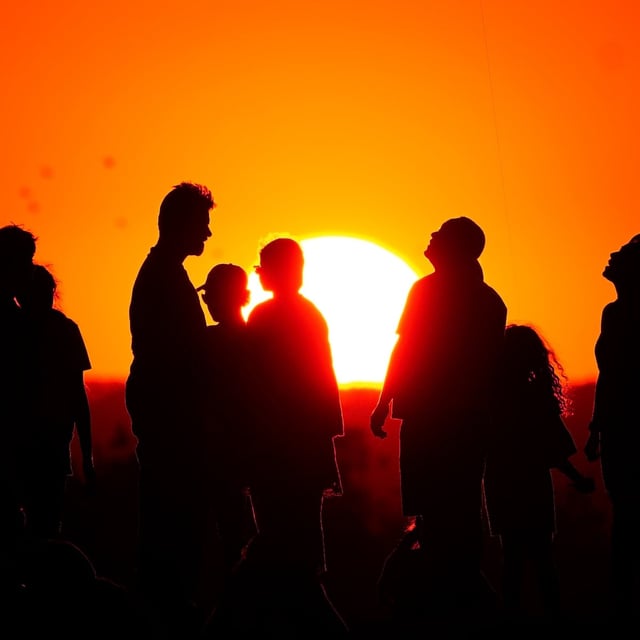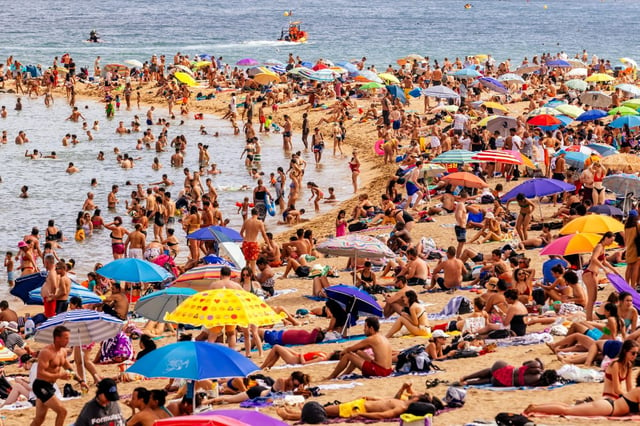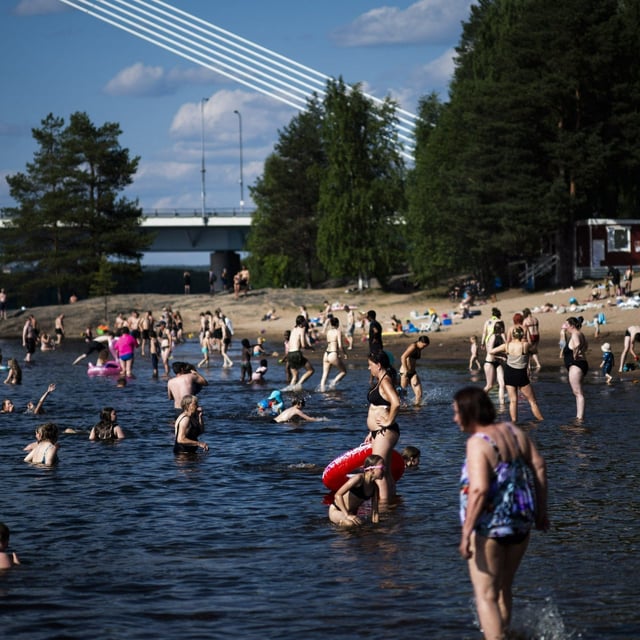Overview
- A mid-August rapid-attribution report by World Weather Attribution found that July’s two-week Nordic heatwave was about 2 °C hotter and at least ten times more likely because of human-caused warming now at roughly 1.3 °C.
- The study reveals that heatwaves of this duration in Fennoscandia have nearly doubled in probability since a similar 2018 event, underscoring a clear link between small increments in warming and rising extreme heat risk.
- Observed temperatures peaked at 33–35 °C across parts of Norway and Sweden, with Arctic Circle stations recording over thirteen days above 30 °C and Finland enduring three consecutive weeks of 30 °C heat.
- The extreme heat strained regional health systems, drove a surge in heat-related hospital admissions, disrupted reindeer herding as animals perished or sought refuge in towns, stoked wildfires and fueled toxic algal blooms along the Baltic coast.
- Researchers warn that without rapid fossil-fuel emissions cuts and strengthened adaptation—such as early-warning systems and infrastructure upgrades—such heatwaves could become a biennial or triennial occurrence by 2100.


